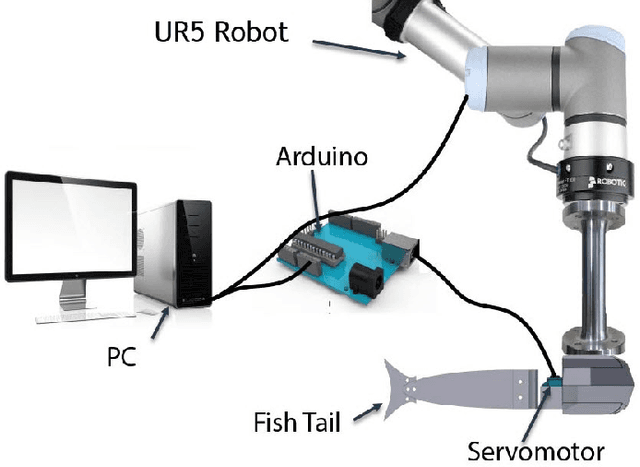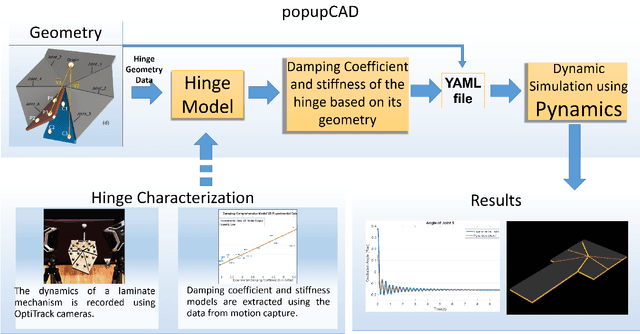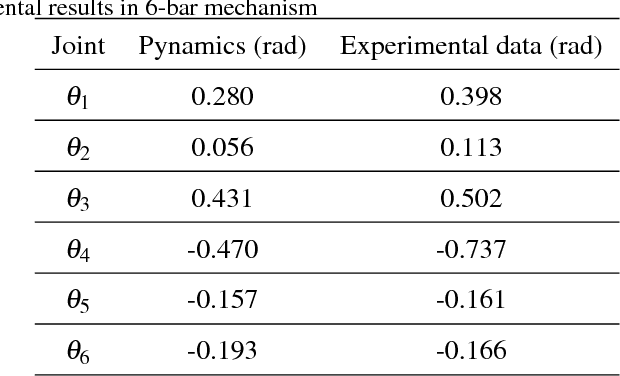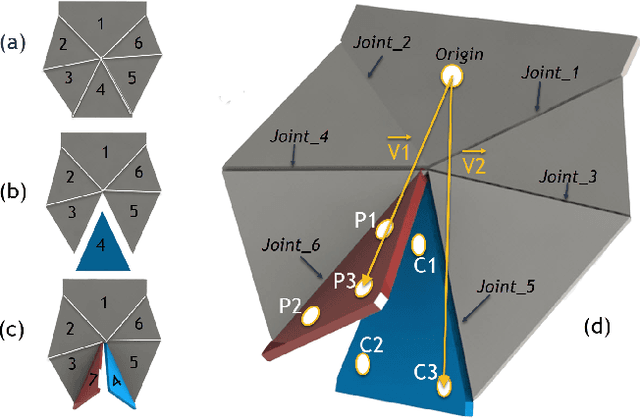Mohammad Sharifzadeh
A Case Study of Spherical Parallel Manipulators Fabricated via Laminate Processes
Sep 24, 2018



Abstract:This paper evaluates how laminated techniques may be used to replicate the performance of more traditionally manufactured robotic manipulators. In this case study, we introduce a laminated 2-DOF spherical, parallel manipulator. Taking advantage of laminating techniques in the construction of the robot can result in considerable saving in construction costs and time, but, the challenges caused by this technique have to be addressed. By using stiffer materials in rigid links, the rigidity of the robot is increased to an acceptable level. We discuss one method for compensating position uncertainty via an experimental identification technique which uses a neural network to create a forward kinematic model. Final results show that the proposed mechanism is able to track desired rotation with acceptable precision using open-loop model-based control. This indicates that parallel manipulators fabricated using lamination techniques can provide similar performance with prototypes made in conventional methods.
On Locomotion of a Laminated Fish-inspired robot in a Small-to-size Environment
Aug 28, 2018



Abstract:Many different robots have been designed and built to work under water. In many cases, researchers have chosen to use bio-inspired platforms. In most cases, the main goal of the fish inspired robots has been set to autonomously swim and maneuver in an environment spacious compared to the fish's size. In this paper, the identification control of a low-cost fish-inspired robot is studied with the goal of building a mechanism to not only swim in water but able to interact with its narrow environment. The robotic fish under study uses tail propulsion as main locomotion. Moreover, proper propulsion regimes are identified and used to model and control thrust generated by propulsion.
An Integrated Design and Simulation Environment for Rapid Prototyping of Laminate Robotic Mechanisms
Aug 10, 2018



Abstract:Laminate mechanisms are a reliable concept in producing lowcost robots for educational and commercial purposes. These mechanisms are produced using low-cost manufacturing techniques which have improved significantly during recent years and are more accessible to novices and hobbyists. However, iterating through the design space to come up with the best design for a robot is still a time consuming and rather expensive task and therefore, there is still a need for model-based analysis before manufacturing. Until now, there has been no integrated design and analysis software for laminate robots. This paper addresses some of the issues surrounding laminate analysis by introducing a companion to an existing laminate design tool that automates the generation of dynamic equations and produces simulation results via rendered plots and videos. We have validated the accuracy of the software by comparing the position, velocity and acceleration of the simulated mechanisms with the measurements taken from physical laminate prototypes using a motion capture system.
 Add to Chrome
Add to Chrome Add to Firefox
Add to Firefox Add to Edge
Add to Edge